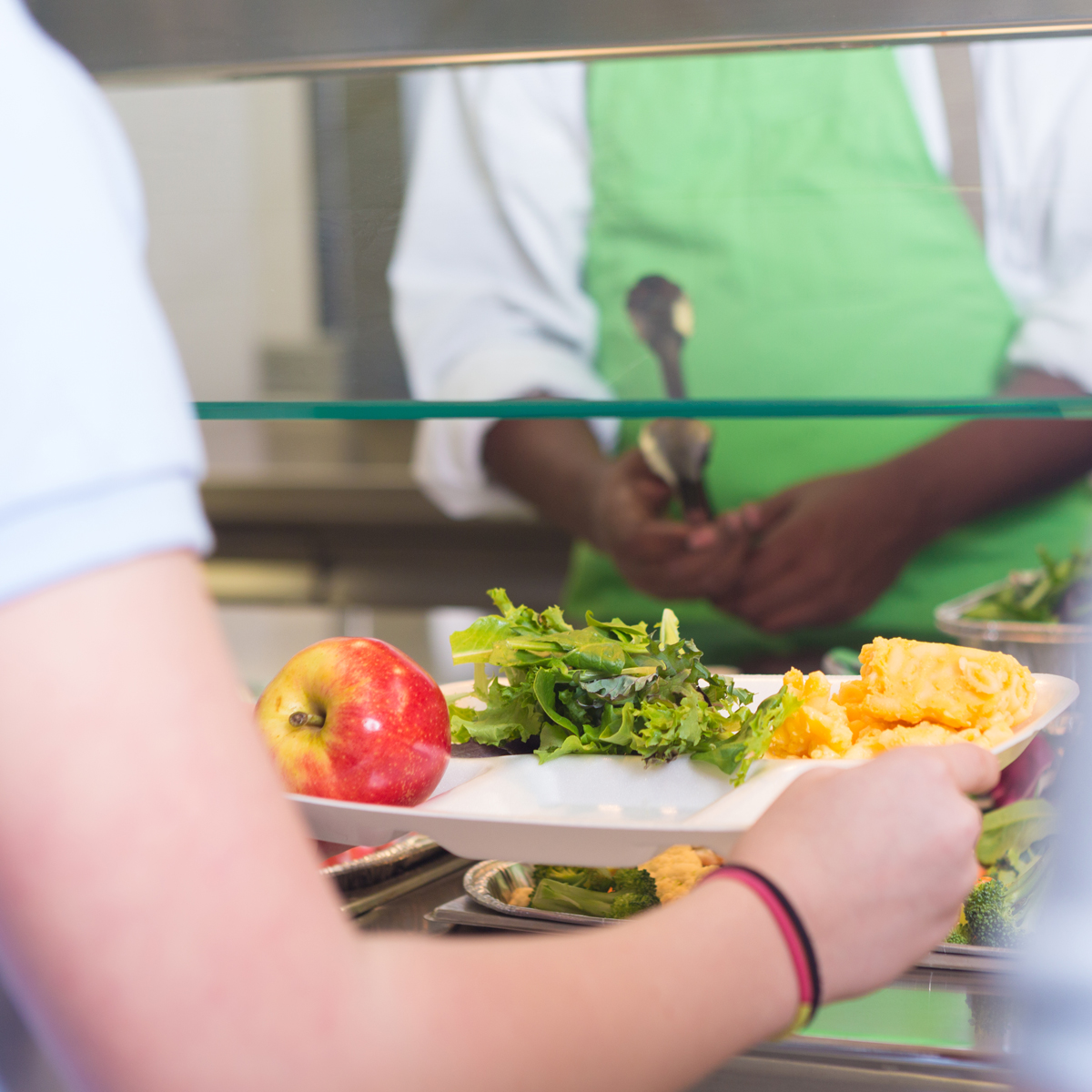When it comes to evaluating food prep equipment for K-12 kitchens, food service directors are faced with many choices. Making the decision, however, shouldn't be a matter of just buying the same model or brand as always.
When it comes to evaluating food prep equipment to purchase for K-12 kitchens, food service directors are faced with many choices. Making the decision, however, shouldn’t be a matter of just buying the same model or brand as always — there are often other viable options with upgraded features designed to fit your budget. The key is to ask questions and follow a few essential tips.
1. Do the research. For many food service directors, the best start to evaluating food prep equipment is to gather input from your staff as to their needs. Ask them: What will make your jobs easier? From there, your research can include online searches to determine if your current equipment providers are offering technology-forward options. These could help enable menu expansion and increase cross-utilization needs. Reaching out to other service providers or the local School Nutrition Association for recommendations can be helpful, too.
2. Test drive the equipment. Many manufacturers have access to test kitchens where you can see food prep equipment in action. Try before you buy — and talk to your manufacturing reps about taking the food prep equipment out for a spin! Visiting a test kitchen or requesting a demo unit will allow you to compare one competitor to another to inform your purchasing decision.
3. Look for key features. Ease of use and operator assurance are two important factors to consider when evaluating food prep equipment. Time is at a premium in K-12 kitchens, so the equipment needs to be easy to operate, breakdown and clean — while also providing your staff with the confidence to do so. Simple controls also make for a user-friendly experience.
4. Consider the return on investment. Factoring capabilities of a piece of food prep equipment — for example, the rated production capacity of a food processor — compare the yield of ingredients it offers and the fresher on-demand quality to that of buying pre-packaged product. This can help determine the size of equipment you select to make the purchase most cost effective and provide the best yield for your dollar in the long term, even when factoring in labor.
5. Don’t let price determine the purchase. While it may be tempting to purchase the least expensive piece of food prep equipment, it could likely cost more over its lifespan. Less robust equipment typically requires more frequent repairs and may not last as long as a more expensive machine upfront. Also, consider the amount and availability of parts and service; if either are difficult to obtain, then the equipment will sit idle.
Ultimately, not-in-use food prep equipment costs you more than if it was producing product. The bottom line? Every K-12 kitchen is different, but carefully assessing your food prep equipment choices and selecting the best option is important. The right equipment empowers your staff to work with certainty and provide students with the best meals possible.
About the Author
 Grace Strotman is the marketing & K-12 segment specialist for Hobart – Food Preparation Products. She has been with Hobart since 2020 and is responsible for marketing communications for the full line of Hobart food preparation equipment, with an added focus on the K-12 segment. See all her blogs here.
Grace Strotman is the marketing & K-12 segment specialist for Hobart – Food Preparation Products. She has been with Hobart since 2020 and is responsible for marketing communications for the full line of Hobart food preparation equipment, with an added focus on the K-12 segment. See all her blogs here.





-min.jpg)





